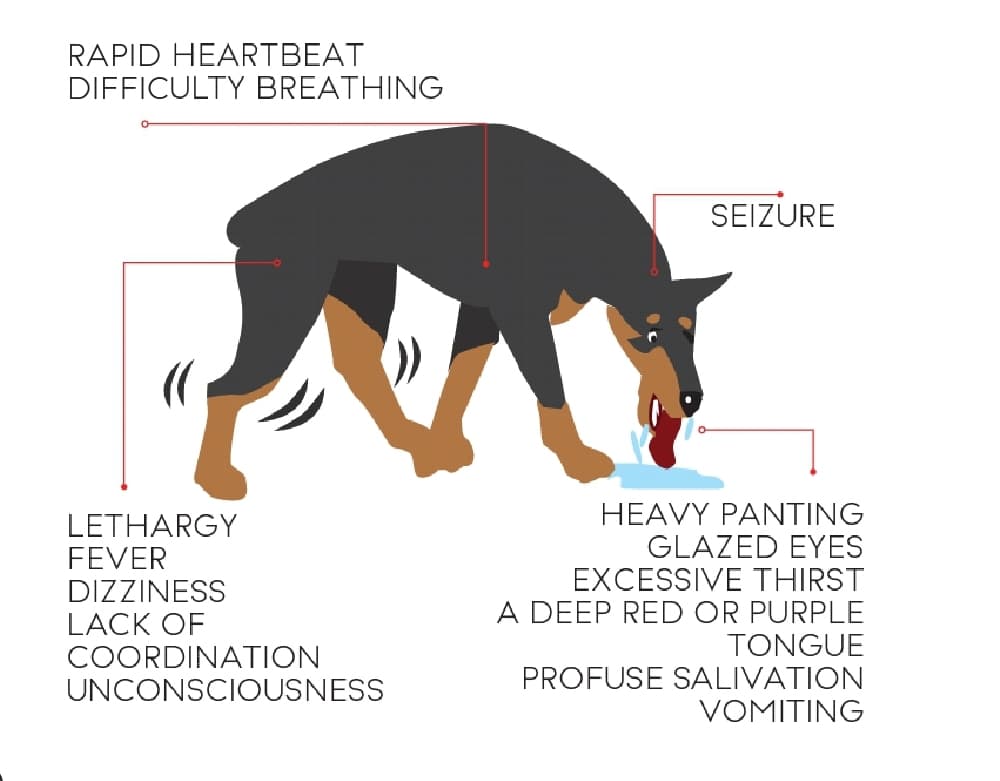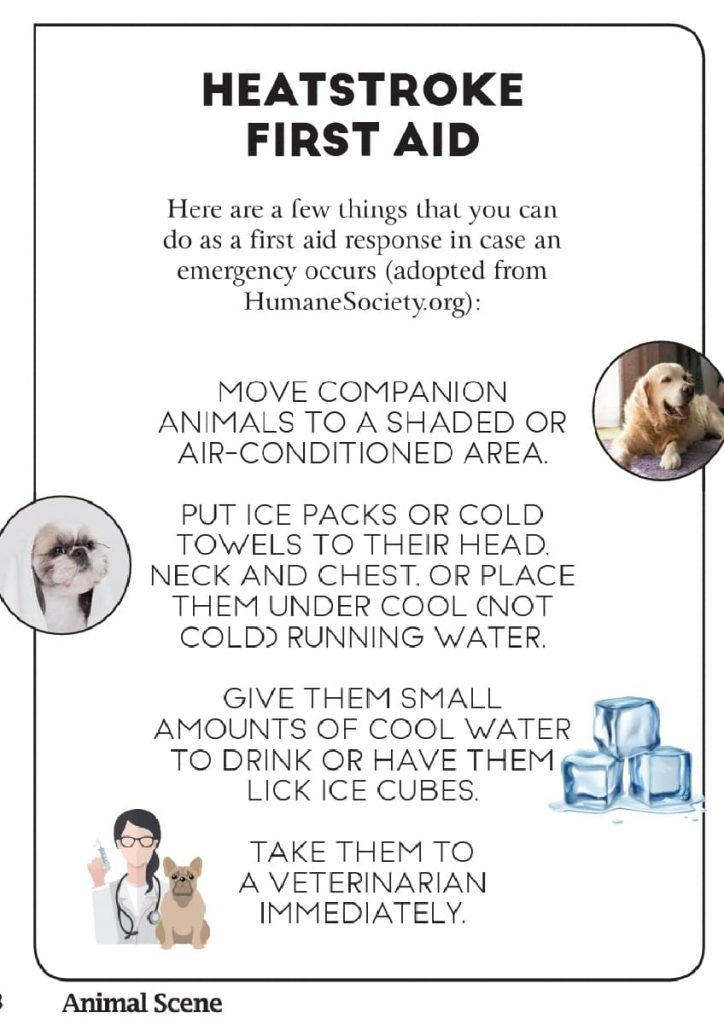It’s finally the last stretch of the dry season – which means hotter and stickier days ahead. With average temperatures hitting 28.3 degrees Celsius, the month of May is the warmest according to PAGASA. And as the climate crisis shows no signs of slowing down, tropical countries such as ours are subject to even higher temperatures.
Because of the extreme (and sometimes almost unbearable) heat that we are forced to endure during this season, we are often reminded to take extra precautions to protect ourselves from heatstroke. And the same goes for nonhuman animals who are under our care. While there is a lesser risk of being burnt to a crisp by staying indoors, which many of us are currently forced to do these days because of the COVID-19 pandemic, it wouldn’t hurt to keep being cautious as we deal with other factors like humidity, dehydration, and stress.
Beating the heat
1.Provide ample water and shade at all times
Make sure your companion animals’ water dishes are filled with fresh water regularly. Free access to drinking water will ensure that they are adequately hydrated throughout the day.
For small animals such as rabbits, mice, hamsters, guinea pigs, and birds, it is important that they stay as hydrated as possible. Apart from providing water from them, a 2017 article by Ali Smith for PetCube.com suggests giving them small pieces of fruits and vegetables with high water content (e.g. celery or apple), too.
2. Limit sun exposure
In case you didn’t know this yet, nonhuman animals can get sunburned, too, so it is best to avoid staying out in the sun for too long. If you must, keep your outdoor activities short and sweet, particularly for dogs who require daily walks.
Apply animal-friendly sunscreen on their body parts that are least covered by hair, such as their belly, ears, and nose. It would also be worth investing in booties that can protect their paws from hot cement or asphalt.
Want a cheaper alternative? Walk and exercise your companion animals early in the morning or late in the evening to escape the sun’s heat.
3. Giving them refreshing treats
Not only would an ice-cold snack make your companion animals happy, but it would also keep them refreshed. Try out these simple, fruity recipes and watch your furry friends gobble them up faster than the sun could melt them.
Fruit pup-sicles – This recipe from a Dogington Post article written in 2015 by Brandy Arnold is super easy to make. Just combine water, chopped fruits (make sure to pick ones that are non-toxic to dogs; grapes and avocados are a no-no), and a bit of molasses (remove any seeds or pits if you see any). Pour them into popsicle molds, freeze, and enjoy!
Purr-ozen banana bites – Some cats are finicky eaters and might not like fruits, but for those who have adventurous taste buds, we suggest making these frozen banana bites from a 2017 article on Kim Beaulieu’s food blog, Cravings of a Lunatic. Simply mash a few bananas and mix in some kibbles for some extra crunch; pour into ice cube trays, freeze, and serve!
4. Maintain their coat and fur
For us humans, shedding our clothes when we feel hot is natural; for our animal companions, however, it is a different story.
While it may seem that shaving their fur is a good idea to relieve them from extreme heat, experts advise against doing so. According to an article from Fetch by WebMD, our companion animals’ coat “is designed by nature to keep it cool during the summer and warm in the winter.” If anything, shaving their fur off will only disturb their body’s natural thermoregulation.
For cats, a massage using a moist cloth (as they would when they groom themselves) is a good way to keep them.
5. Watch out for signs of heatstroke
In their article titled “Keep pets safe in the heat,” non-profit organization The Humane Society listed signs that could indicate heatstroke in companion animals, which include:

The organization further explained that some companion animals are more susceptible to heatstroke than others, particularly if they are “very old, very young, overweight, not conditioned to prolonged exercise, or have heart or respiratory disease.” They also mentioned that brachycephalic dogs and cats have a harder time breathing in extreme heat – so, make sure to keep a closer watch on them during these times.

You might want to read:
– Tips 101: How to manage heat stroke in pets
– This charity gives essential pet care for companion animals of the homeless
– Veterinarians urge public to keep pets safe as medical supplies run low






